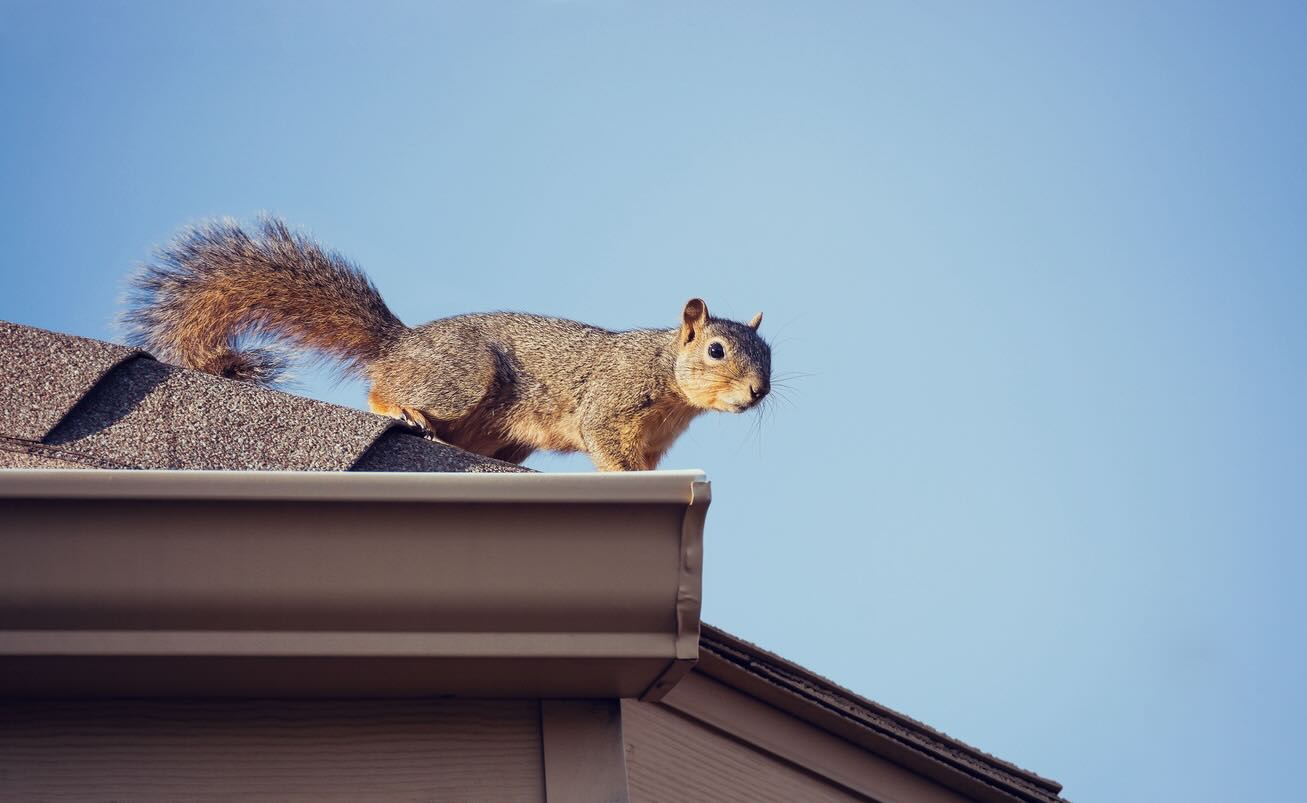

Articles
How Do Animals Get In The Attic
Modified: January 8, 2024
Learn how articles can help you understand how animals get in the attic and find effective solutions to prevent infestations.
(Many of the links in this article redirect to a specific reviewed product. Your purchase of these products through affiliate links helps to generate commission for Storables.com, at no extra cost. Learn more)
Introduction
Having animals in the attic can be a frustrating and disruptive issue for homeowners. It can cause damage to the structure of the house, create unpleasant odors, and pose health risks. Understanding how animals get into the attic and taking preventive measures to keep them out is essential in maintaining a safe and comfortable living environment.
In this article, we will explore the common animals that are frequently found in attics, the methods they use to enter, how to identify signs of their presence, the dangers and risks they pose, and most importantly, effective ways to prevent and remove them.
Whether you are already dealing with animals in your attic or want to be proactive in safeguarding your home, this article will provide valuable insights and guidance on how to address this common problem.
Key Takeaways:
- Preventing animals from entering your attic is crucial to avoid structural damage, health risks, and disruption. Regular inspection, sealing entry points, and professional assistance are essential for a peaceful living environment.
- Timely action and professional help are vital in addressing animal infestations in the attic. Prioritize humane removal methods, proactive prevention, and expert guidance to safeguard your home and family.
Read more: How Do Mice Get Into The Attic
Common Animals Found in Attics
Attics provide a warm and sheltered environment for animals seeking refuge. Here are some of the most common animals you may find in your attic:
- Rats and Mice: These rodents are excellent climbers and can easily squeeze through small openings. They are attracted to attics as they offer insulation, nesting materials, and a potential food source.
- Squirrels: Squirrels are highly agile and can jump from nearby trees onto the roof, accessing the attic through small gaps or damaged areas. Once inside, they may gnaw on wood, wires, and insulation.
- Raccoons: Raccoons are known for their dexterity and can manipulate latches and vents to gain entry to attics. They are attracted to the attic’s warmth and may cause significant damage, including tearing insulation and creating mess with their droppings.
- Bats: Bats are nocturnal creatures that often roost in attics. They can enter through small openings and usually find their way through gaps in the roofline or vents. Bats can create health hazards due to their droppings and the potential transmission of diseases.
- Birds: Birds such as pigeons or sparrows can easily access attics through damaged soffits and vents. They build nests, contributing to debris accumulation and potential damage to insulation and electrical wires.
- Opossums: Opossums are opportunistic animals that can access attics by climbing trees or using overhanging branches. They seek shelter in attics during colder periods and can create mess and odors due to their droppings.
It is important to identify the specific animal causing the issue in your attic as the removal and prevention methods may vary. If you are unsure or have difficulty identifying the culprit, it is best to seek professional help to ensure effective and humane removal.
Methods of Entry for Animals
Animals can use various methods to gain access to your attic. Understanding these methods can help you identify potential entry points and take preventive measures. Here are some common methods of entry for animals:
- Small Openings: Many animals, such as rats and mice, can squeeze through small openings that may go unnoticed. These openings can be gaps in the eaves, damaged roof tiles, or cracks in the foundation. It is important to inspect your home exterior regularly and seal any potential entry points.
- Damaged or Unsecured Vents: Animals like squirrels and raccoons are adept at manipulating vents, soffits, and attic fans to gain entry. They can easily tear through damaged or weak screens or vents. Regularly inspect these areas and ensure they are properly secured.
- Tree Branches: Some animals, such as squirrels and opossums, can use overhanging tree branches to gain access to your attic. Trim back branches that are close to your home to prevent easy access points for these critters.
- Chimneys: Birds, raccoons, and squirrels are known to enter attics through uncapped or damaged chimneys. Installing a chimney cap or repairing any damage can prevent their access.
- Roof Damage: Animals may exploit areas of your roof that are damaged by weather, age, or other factors. Loose or missing shingles, damaged roof flashing, or compromised eaves can provide easy access to invaders. Regular roof maintenance and repairs can help keep animals out.
It is important to note that some animals, like bats, may not require a large opening to enter. They can squeeze through gaps as small as half an inch. Conduct a thorough inspection of your home’s exterior, paying close attention to potential entry points, and take appropriate measures to seal them off.
Keep in mind that prevention is key when it comes to animals in the attic. By addressing any potential entry points, you can greatly reduce the likelihood of unwanted visitors taking up residence in your attic.
Signs of Animals in the Attic
Identifying signs of animals in your attic is crucial in addressing the problem early on and preventing further damage. Here are some common signs to look out for:
- Noises: One of the most obvious signs of animals in the attic is the presence of strange noises. Scratching, scurrying, chirping, or thumping sounds during the night are often indicators of animals living in your attic. Listen for these noises, especially during quiet hours, to determine if there is an infestation.
- Droppings: Animal droppings are another telltale sign of their presence. Look for droppings in the attic, particularly near entry points or in corners. The size, shape, and color of the droppings can help identify the specific animal responsible.
- Odors: The accumulation of animal waste, urine, or carcasses in the attic can cause unpleasant odors to permeate your home. If your attic suddenly has a strong, unpleasant smell, it may be a sign of an animal infestation.
- Damaged or Torn Insulation: Animals in the attic may disturb or destroy insulation as they build nests or search for food. Look for signs of shredded or displaced insulation, which can indicate the presence of animals.
- Gnawed Wires or Wood: Animals such as rodents have a tendency to gnaw on wires, wood, and other materials. If you notice chewed electrical wires or extensive damage to wooden structures in your attic, it is likely that animals are present.
- Trails or Grease Marks: Animals can leave trails or grease marks along walls, rafters, or beams as they navigate through the attic. Look for smudges or dark streaks that are not naturally occurring to identify potential animal pathways.
- Visible Entry Points: Inspect the exterior of your home for any visible entry points, such as holes, gaps, or damaged areas. These entry points can provide clues as to how animals are accessing your attic.
If you observe any of these signs, it is important to take action promptly to prevent further damage and address the infestation. Consult with a professional wildlife removal service for proper identification, removal, and prevention methods.
Inspect your home for any potential entry points such as gaps in the roof, vents, or damaged areas. Seal off these entry points to prevent animals from getting into your attic.
Dangers and Risks of Having Animals in the Attic
Having animals in the attic poses various dangers and risks that should not be ignored. Understanding these risks will help you comprehend the importance of timely removal and prevention. Here are some of the dangers associated with having animals in the attic:
- Structural Damage: Animals can cause extensive damage to the structure of your home. They may chew through electrical wires, insulation, and wooden beams, weakening the integrity of the attic and potentially leading to costly repairs.
- Fire Hazards: Rodents like rats and mice have a tendency to gnaw on electrical wires, increasing the risk of electrical malfunctions and fire hazards. Chewed wires can result in short circuits, sparks, and potentially devastating house fires.
- Health Risks: Animals in the attic can pose significant health risks to you and your family. Their droppings can carry disease-causing pathogens, which can be transmitted through inhalation or direct contact. Moreover, their urine can produce strong odors and contribute to poor indoor air quality.
- Spread of Parasites: Animals in the attic may carry fleas, ticks, mites, and other parasites that can infest your home and pose a threat to both humans and pets. These parasites can cause discomfort, allergic reactions, and spread diseases.
- Noise and Disruption: The constant scratching, scurrying, and movement of animals in the attic can be disruptive and disturb your peace and sleep. This can cause stress and frustration for homeowners, impacting overall well-being.
- Secondary Infestations: Having animals in the attic can attract other pests such as insects, as they come to feed on food waste, droppings, or carcasses left behind by the animals. This can result in secondary infestations, further complicating the situation.
It is essential to address the dangers and risks associated with animals in the attic promptly. This involves seeking professional help to remove the animals and implementing effective prevention methods to avoid future infestations.
Remember, dealing with animals in the attic is not something you should attempt on your own, as it can be dangerous and ineffective. Enlist the services of a licensed wildlife removal professional who can safely and humanely handle the situation.
Read more: How Do Rats Get In My Attic
Prevention and Removal of Animals from the Attic
Preventing and removing animals from the attic requires a proactive approach and a combination of techniques. Here are some effective methods for prevention and removal:
- Sealing Entry Points: Inspect and seal any potential entry points in your home’s exterior. Use materials such as steel wool, hardware cloth, or caulk to close gaps, holes, and cracks. Pay close attention to areas around vents, soffits, rooflines, and chimney caps.
- Trimming Tree Branches: Trim back tree branches that are close to your home, as they can serve as a bridge for animals to access the attic. Maintain a safe distance between tree branches and the roof to prevent easy access.
- Installing Proper Vent Coverings: Install sturdy, animal-resistant covers on vents, soffits, and attic fans to prevent animals from entering. These coverings should be durable and resistant to tampering by animals.
- Keeping the Attic Clean: Regularly clean and declutter the attic to minimize potential nesting sites for animals. Remove any food sources, such as stored grains or pet food, as it can attract rodents. Properly store belongings in sealed plastic containers to prevent easy access for animals.
- Using Animal Deterrents: Utilize natural deterrents such as ammonia-soaked rags, motion-activated lights, or ultrasonic devices to discourage animals from entering the attic. However, it is important to note that these deterrents may not be effective for all types of animals.
- Seeking Professional Assistance: If you are dealing with a current infestation or are unsure about how to effectively prevent animals from entering your attic, it is best to seek the help of a professional wildlife removal service. They have the expertise and resources to properly identify, remove, and prevent future infestations.
When it comes to the removal of animals from the attic, it is important to prioritize humane and ethical methods. Trapping and relocating animals should only be done by trained professionals to ensure the safety of both the animals and the homeowners. Additionally, professionals can provide guidance on effective prevention strategies to minimize the risk of future infestations.
Remember, prevention is always better than dealing with an ongoing infestation. By taking proactive measures to prevent animals from entering your attic, you can minimize the likelihood of encountering pests and protect the overall integrity of your home.
Professional Help for Animal Removal
Dealing with animals in the attic can be a challenging and potentially dangerous task. That is why it is highly recommended to seek professional help for animal removal. Here are some reasons why professional assistance is essential:
- Expertise and Experience: Professional wildlife removal technicians have the knowledge and experience to effectively and safely handle animal removal. They are trained to identify different types of animals, their behavior, and the most appropriate removal methods.
- Humane and Ethical Practices: Professional wildlife removal services prioritize the use of humane and ethical methods for trapping and relocating animals. They adhere to local regulations and guidelines to ensure the well-being of both the animals and homeowners.
- Proper Equipment and Techniques: Wildlife removal professionals have access to specialized equipment and techniques that are necessary for safe and effective animal removal. They have the tools to handle animals without causing harm or injury to the animals or themselves.
- Prevention and Exclusion: In addition to animal removal, professionals can provide valuable guidance on effective prevention methods to avoid future infestations. They can inspect your property, identify potential entry points, and implement measures to seal them off.
- Health and Safety: Removing animals from the attic can pose health and safety risks, especially if the animals are carrying diseases or are agitated. Professional wildlife removal technicians are equipped to handle these risks and take necessary precautions to protect themselves and homeowners.
- Time and Cost Efficiency: While DIY approaches may seem like a cost-saving measure, they can often be time-consuming and ineffective. Professionals can address the problem efficiently, saving you time, money, and potential damage caused by incorrect removal techniques.
When selecting a professional wildlife removal service, it is important to choose a reputable and licensed company. Look for certifications, reviews, and testimonials to ensure that you are hiring a trustworthy and knowledgeable team.
Remember, trying to remove animals from the attic on your own can lead to potential injuries or further damage to your property. It is always best to leave the task to the professionals for a safe and successful resolution.
Conclusion
Having animals in the attic can be a nuisance, causing damage, health risks, and disruption to your home and well-being. It is crucial to take proactive measures to prevent animals from entering your attic and address any existing infestations promptly.
In this article, we have explored the common animals found in attics, the methods they use to enter, signs of their presence, and the dangers they pose. We have also discussed effective prevention and removal methods, as well as the importance of seeking professional help for animal removal.
By understanding the behaviors and characteristics of these animals and implementing preventive measures such as sealing entry points, trimming tree branches, and keeping the attic clean, you can significantly reduce the chances of animals taking up residence in your attic.
If you discover signs of animals in your attic or are experiencing an infestation, it is recommended to contact a professional wildlife removal service. They have the expertise, equipment, and experience to safely remove the animals and implement preventive measures to avoid future occurrences.
Remember, the earlier you address the issue, the better. Timely action can prevent further damage to your home, ensure the safety of your family, and maintain a peaceful living environment.
Protect your home and maintain attic tranquility by being vigilant and proactive in preventing and removing animals from your attic. With the right approach and professional support, you can successfully resolve the issue and create a harmonious living space free from unwanted furry tenants.
Frequently Asked Questions about How Do Animals Get In The Attic
Was this page helpful?
At Storables.com, we guarantee accurate and reliable information. Our content, validated by Expert Board Contributors, is crafted following stringent Editorial Policies. We're committed to providing you with well-researched, expert-backed insights for all your informational needs.
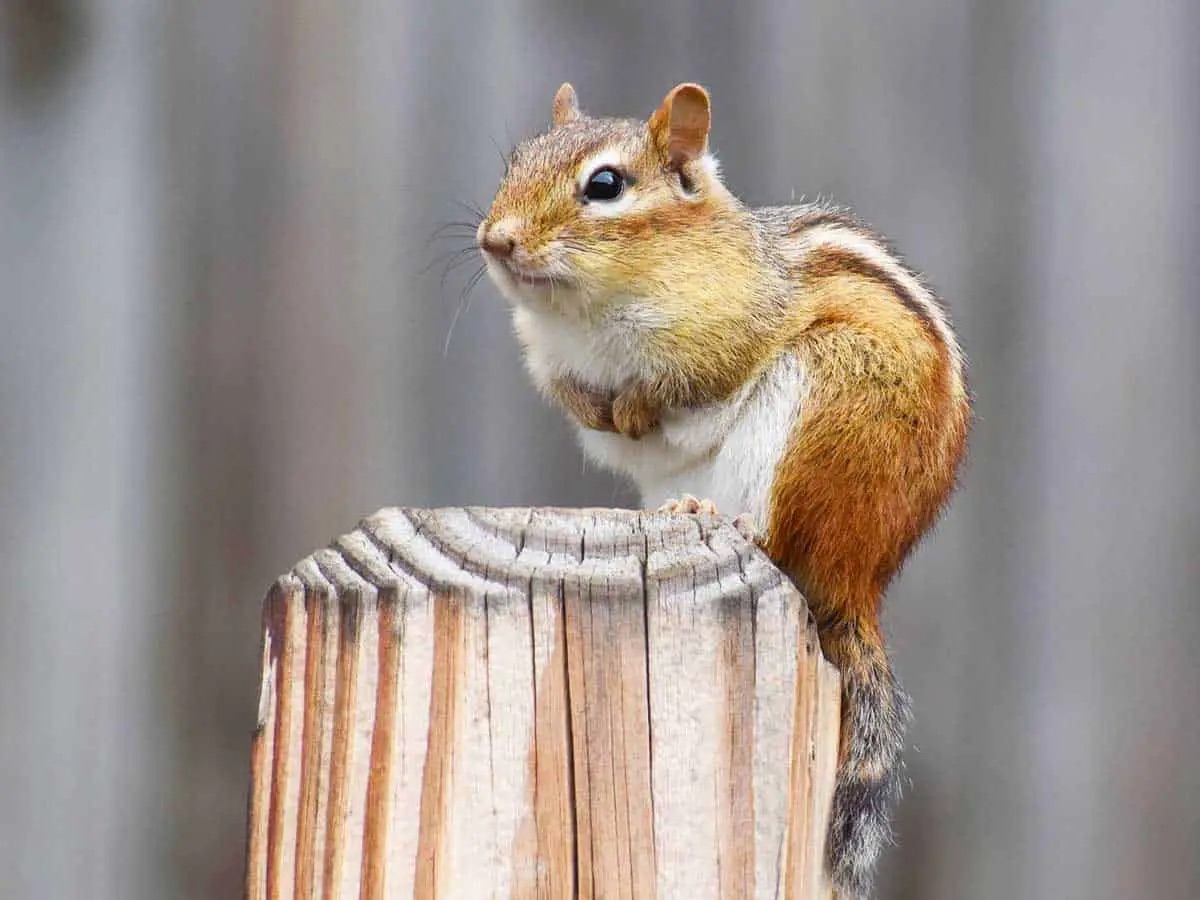
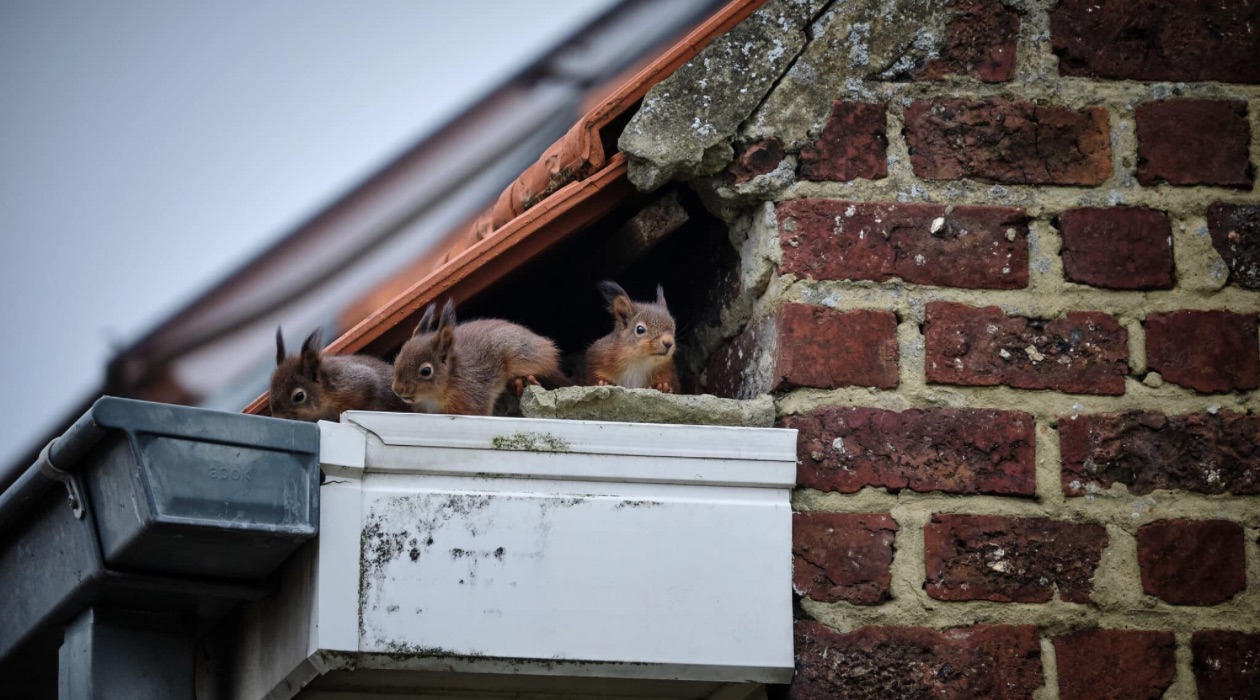
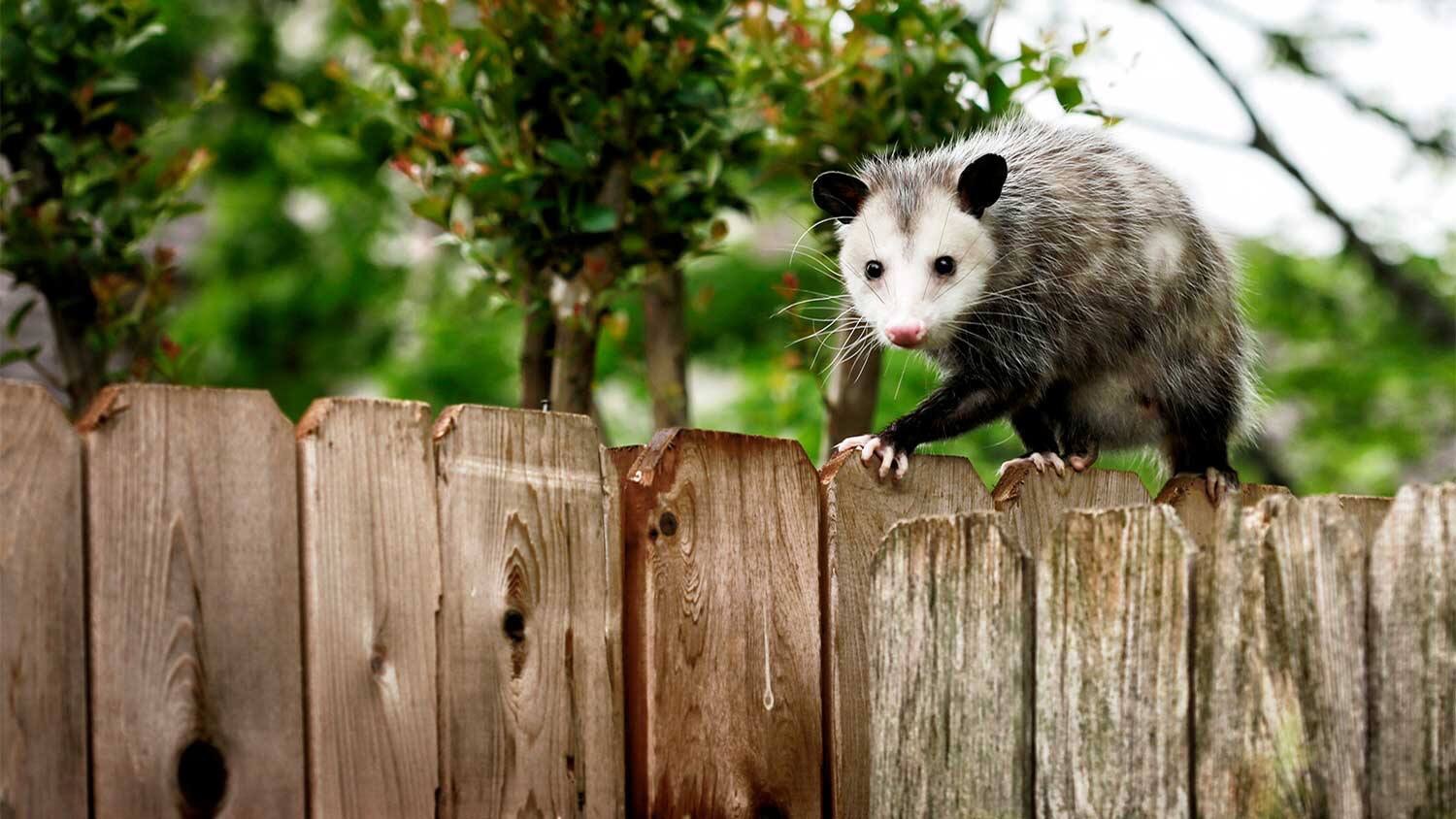
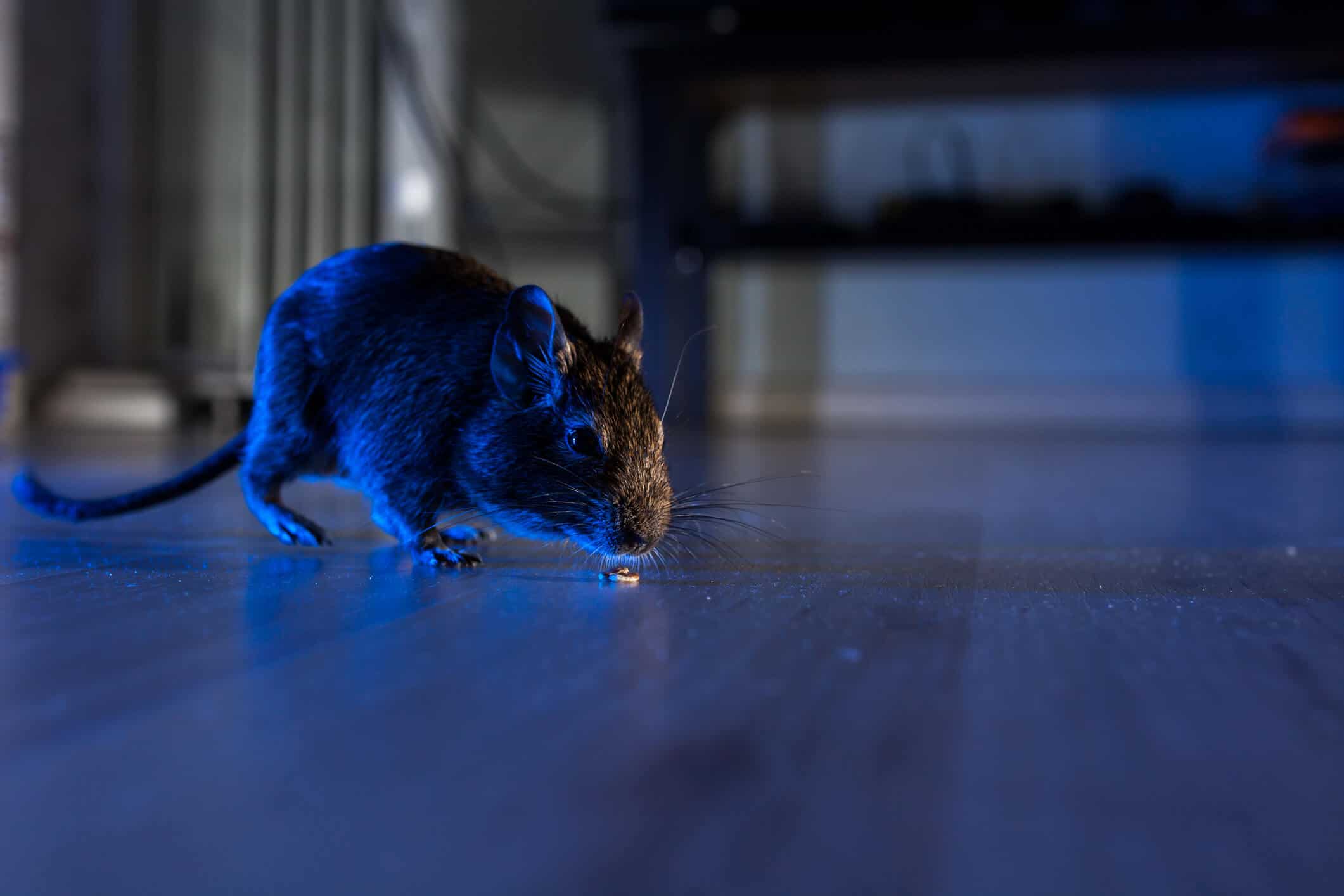
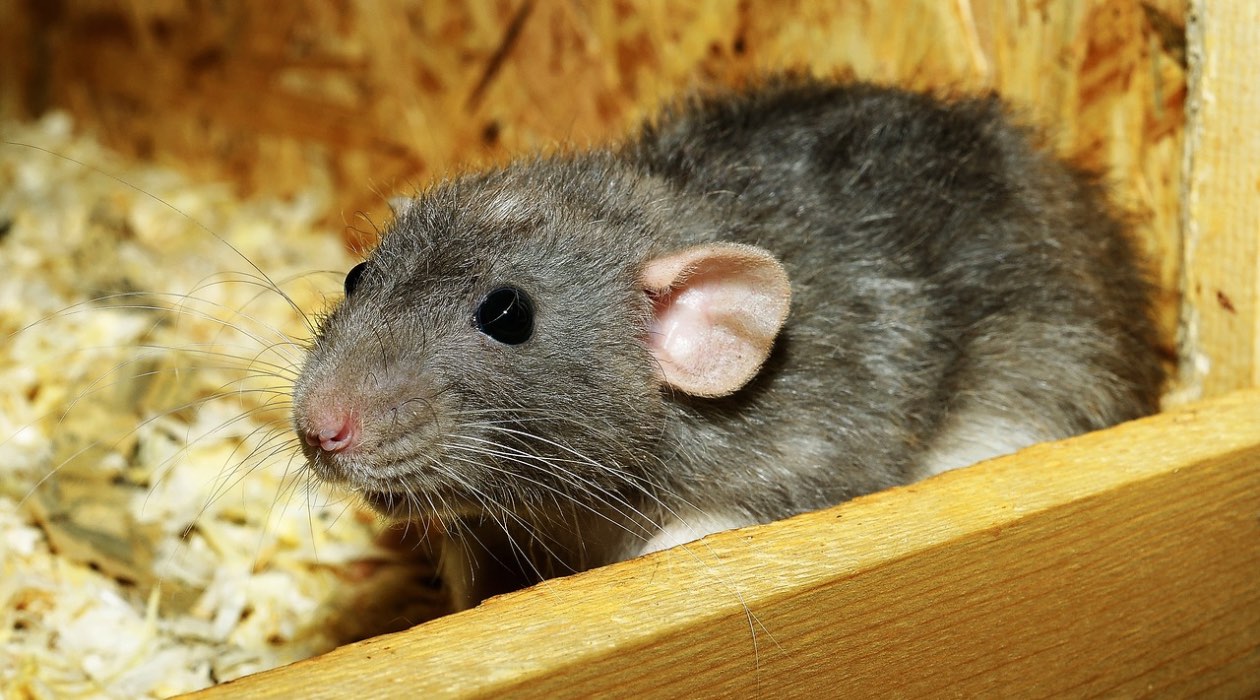
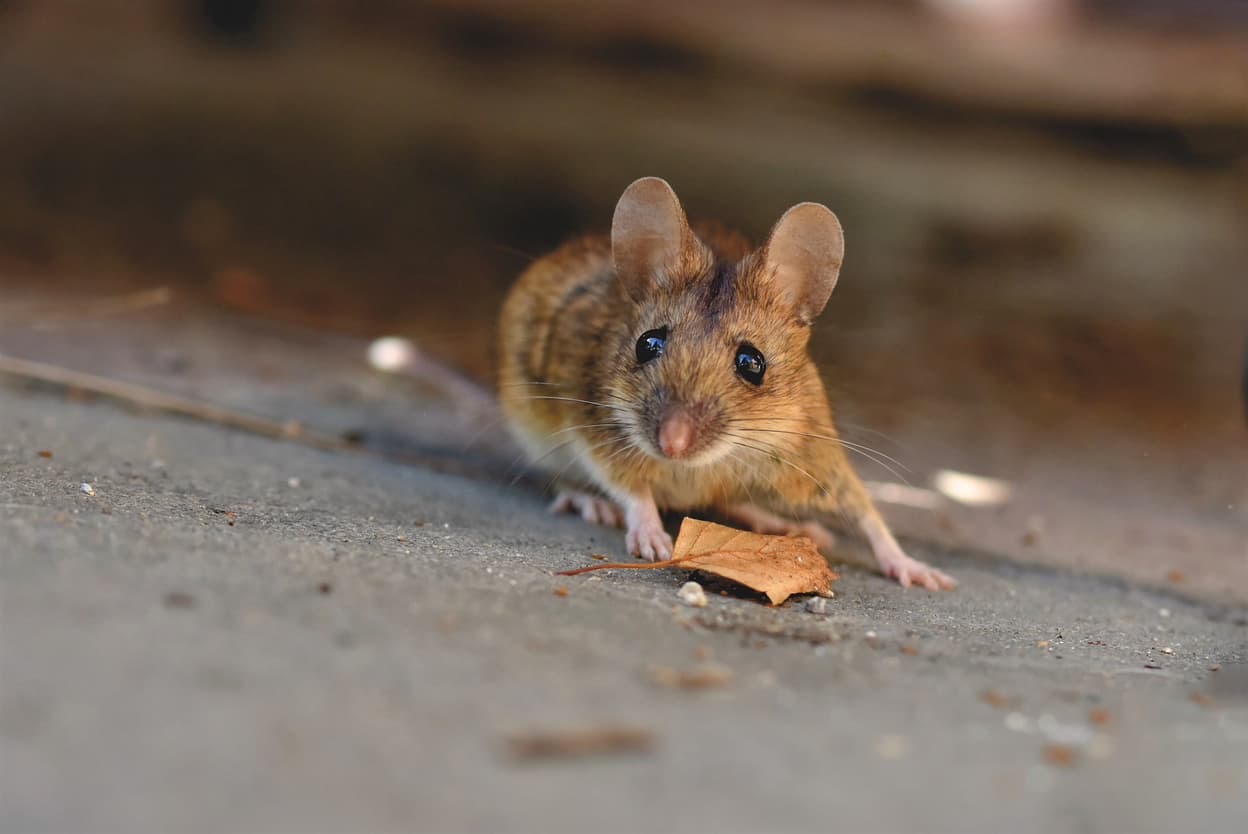
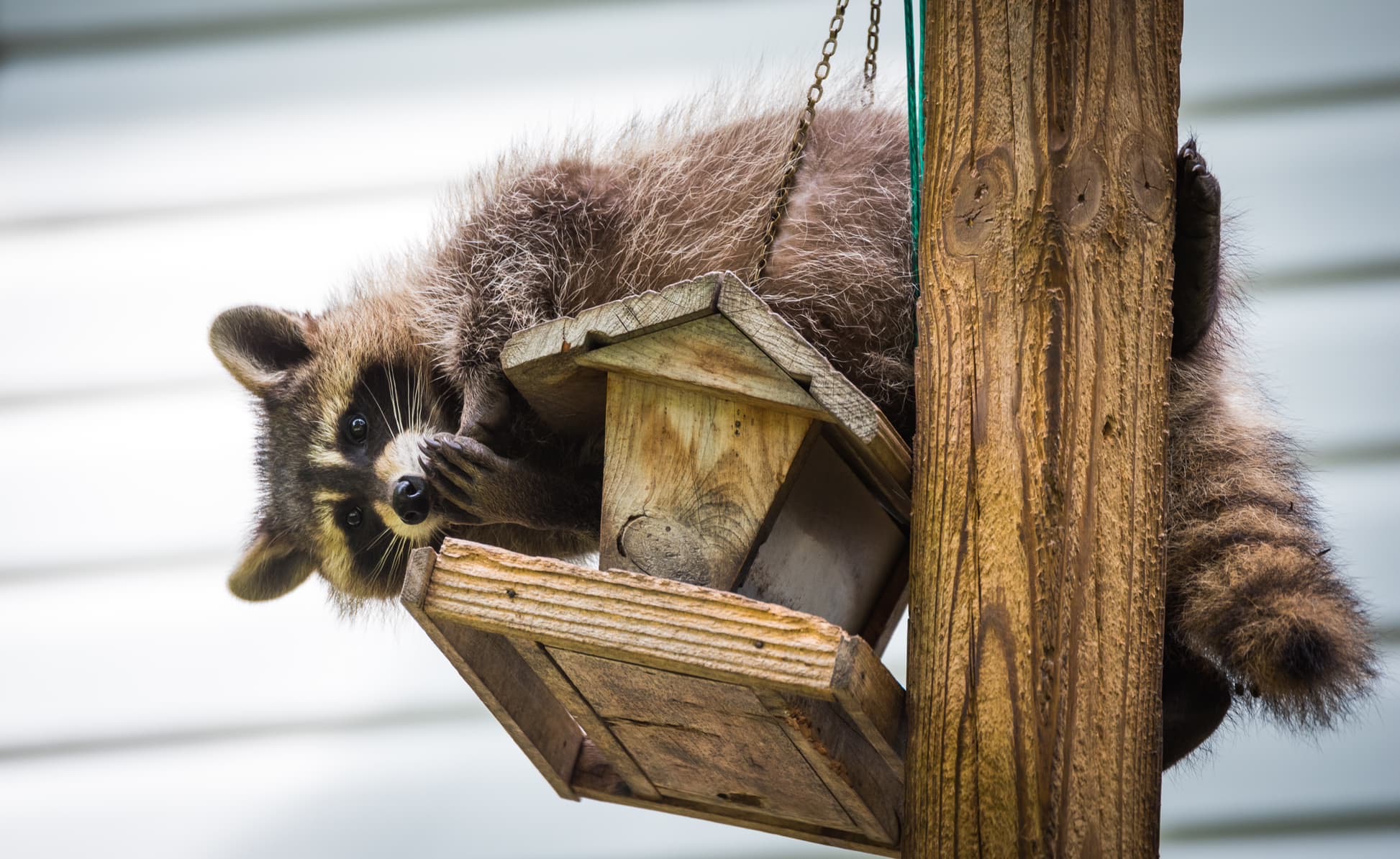
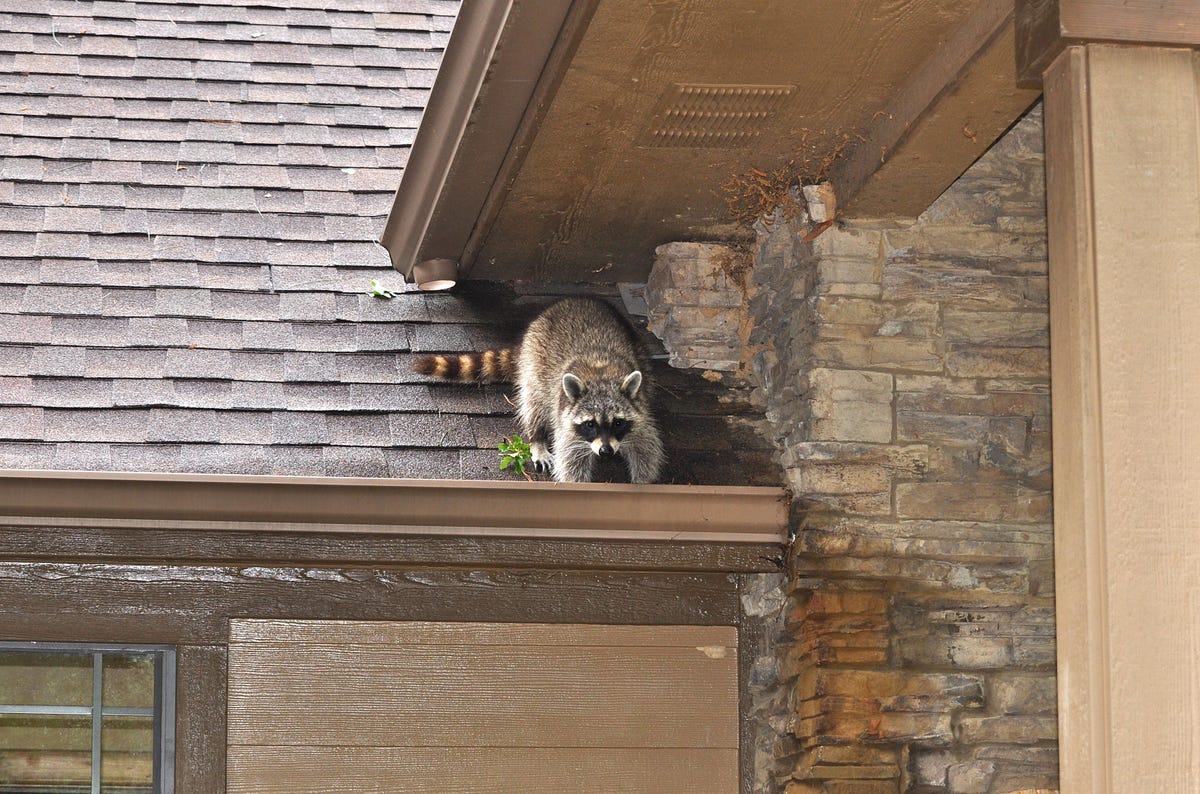
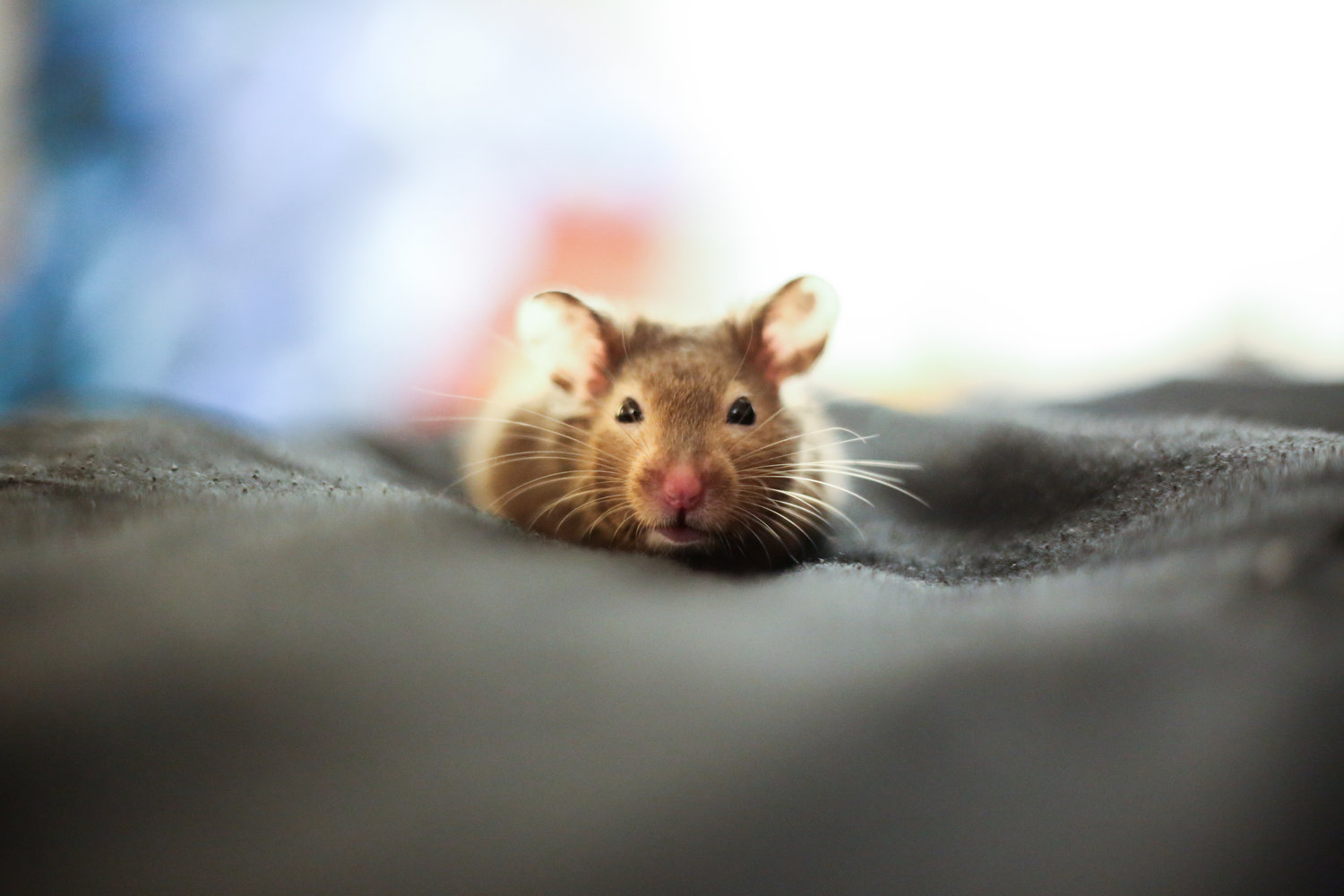
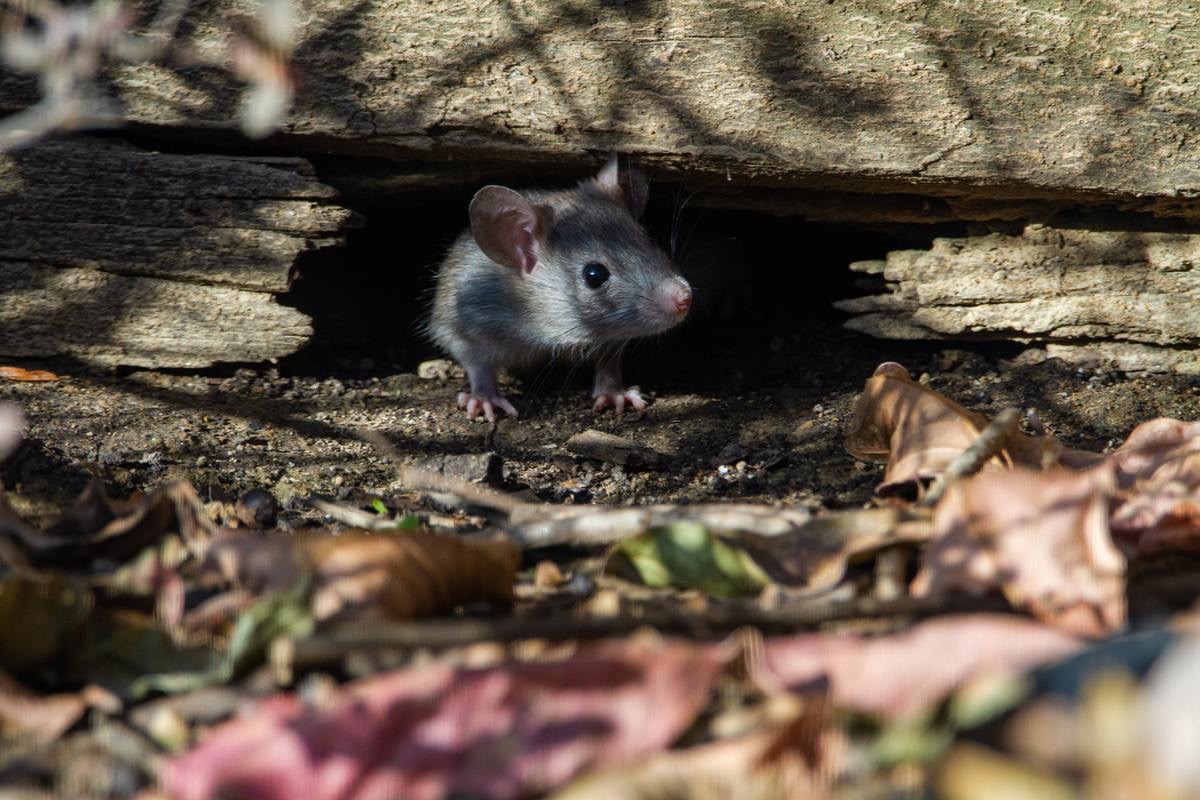
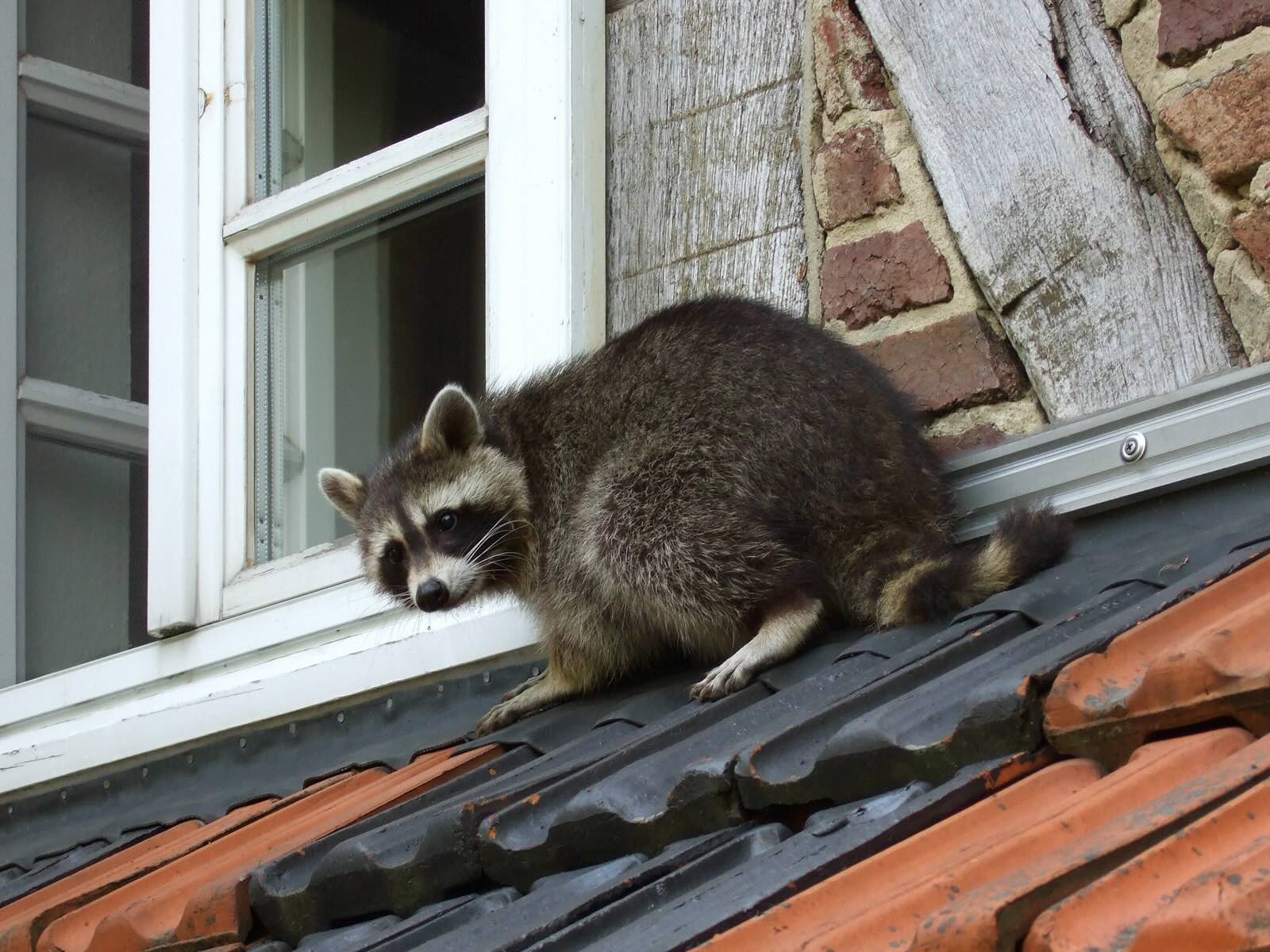
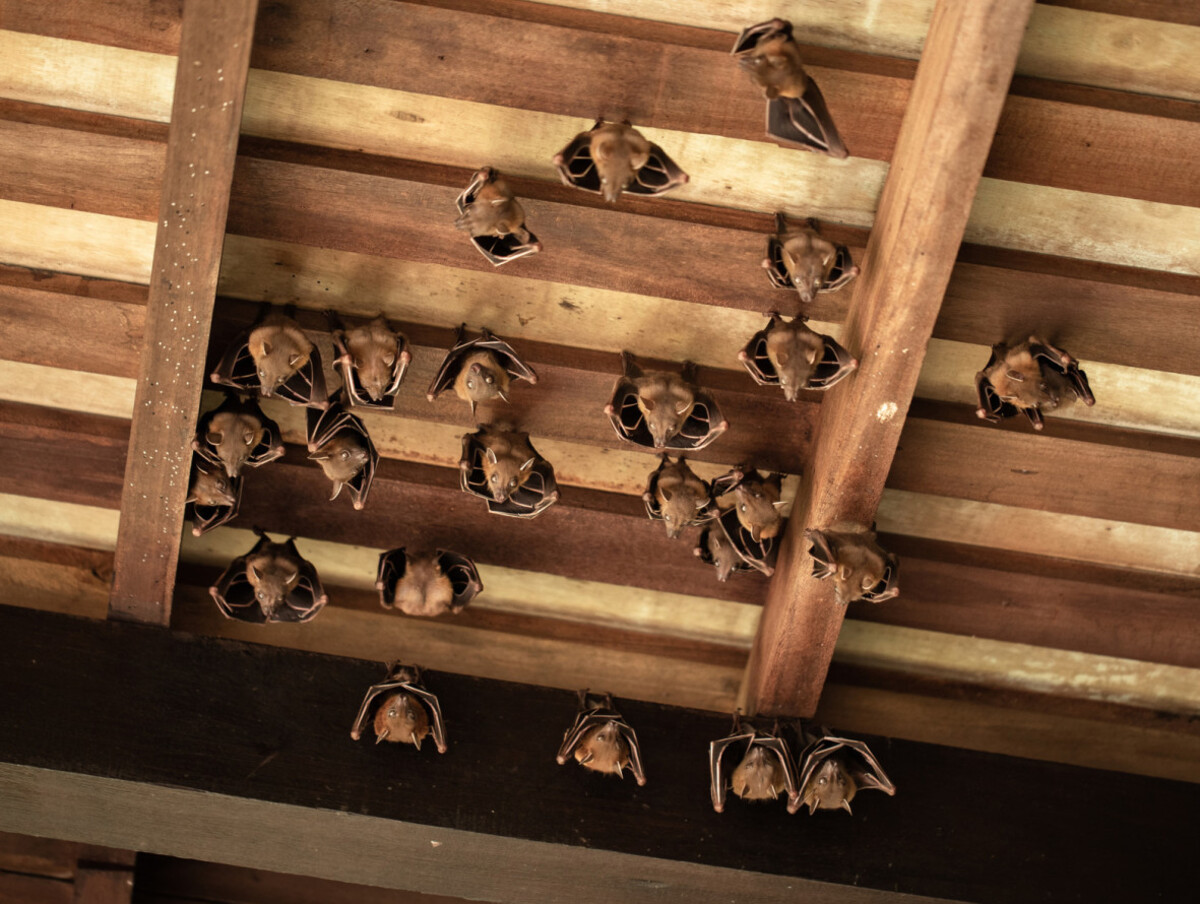
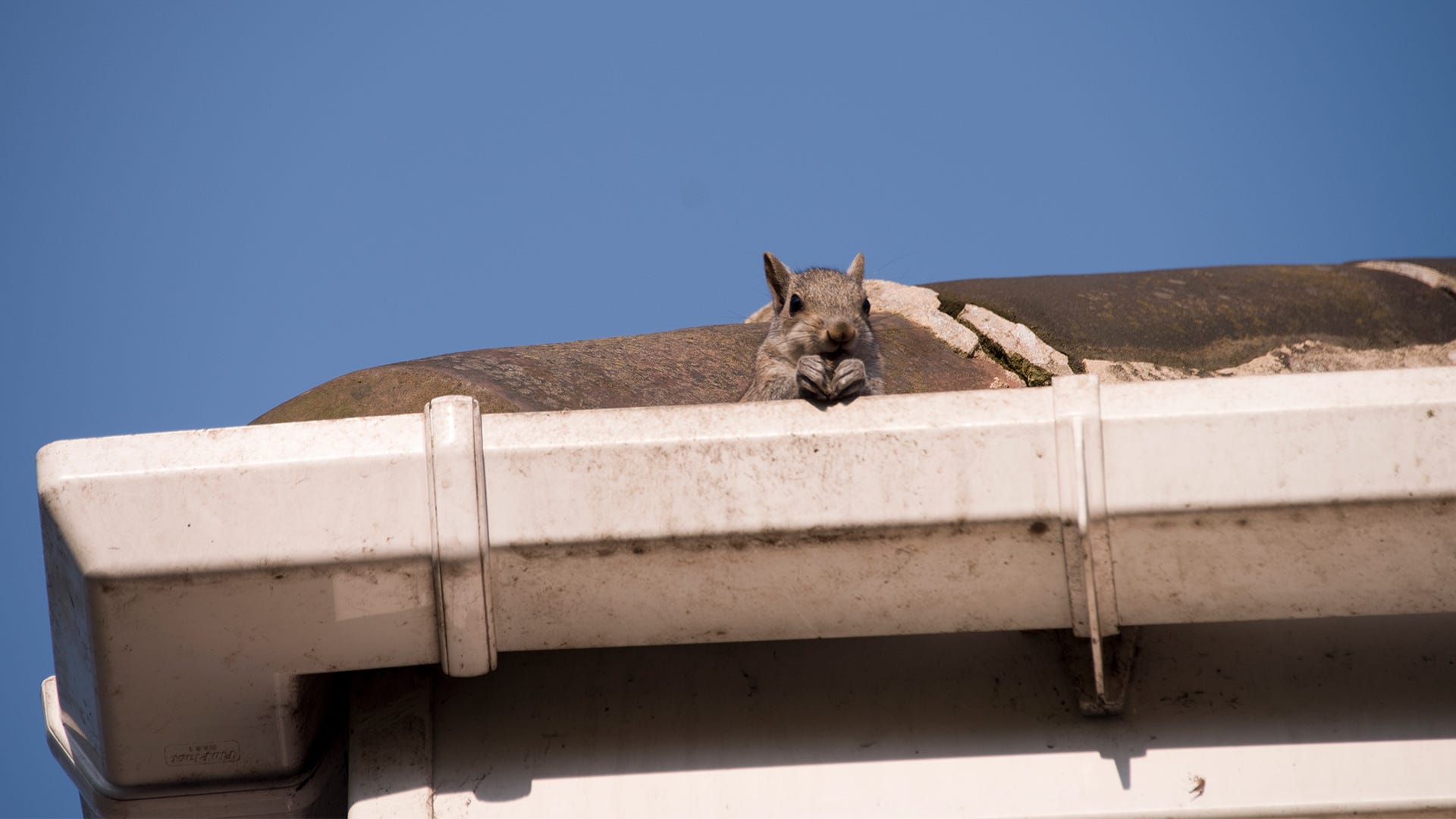
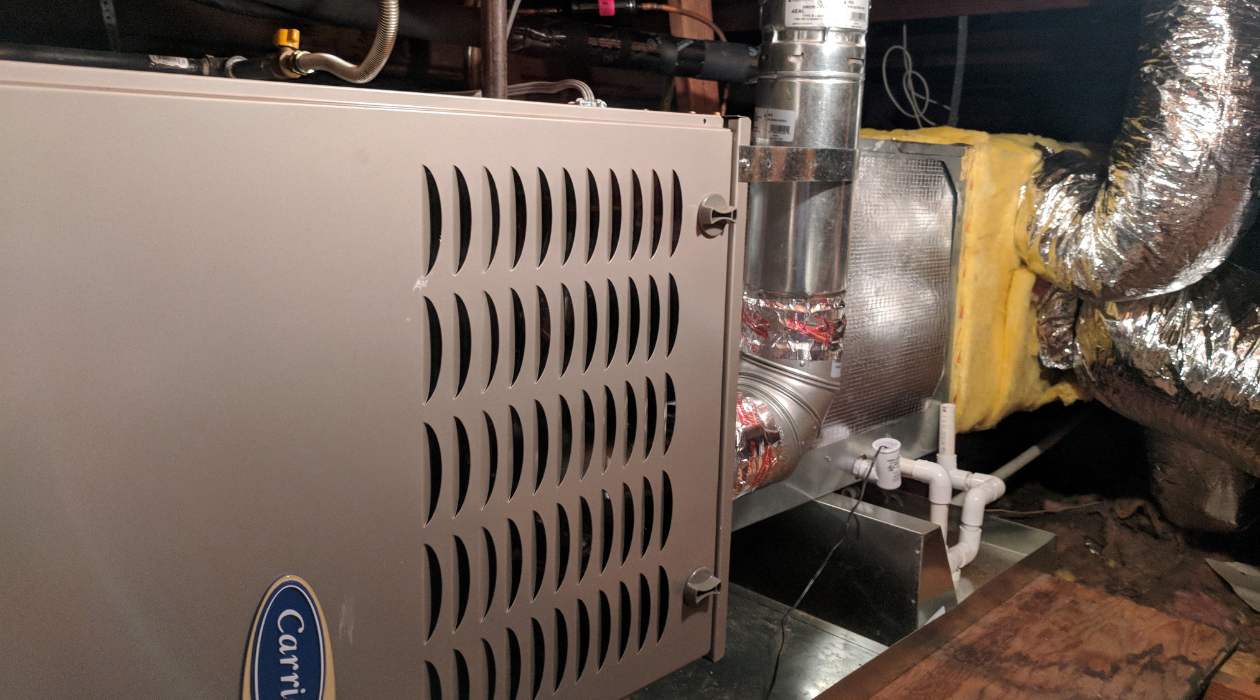

0 thoughts on “How Do Animals Get In The Attic”